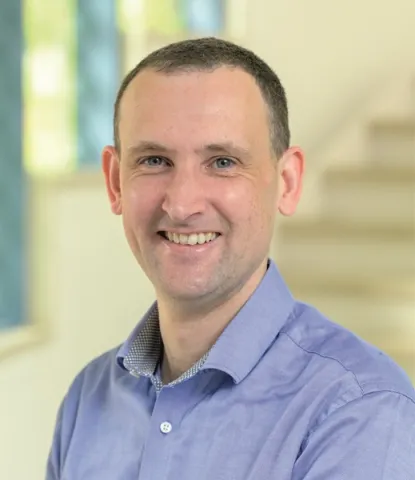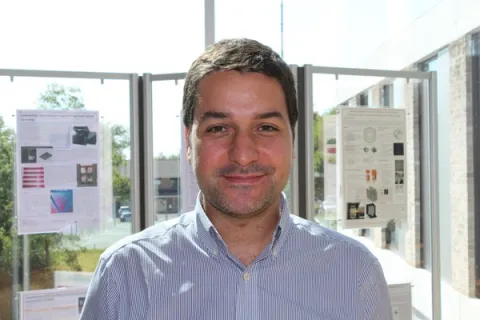About the project
A PhD position is available as part of a new centre of excellence launching soon called Light and Electrochemical Activated Processes for Chemical Industries (LEAP). The intention of LEAP is to coordinate the University of Southampton’s distinctive strengths in photonic materials and electrochemistry to tackle the challenge of decarbonising the chemical industry. The initiative brings together academics from chemistry, engineering, chemical engineering, and the Optoelectronics Research Centre that will improve our fundamental understanding of these complex processes and develop engineered solutions that can be applied at scale.
Our industrialised society is dependent on the chemical industry – be it for food, fuels, or medicines. As we transition towards a net zero carbon future, there is a need to make chemical transformations more efficient. Thermally controlled processes that are ubiquitous in the chemical industry have an inherent inefficiency, regardless of how well macroscopic heat management demands are controlled. Photo/electrochemical technologies – reactions that are driven by light or directly by electricity – represent an alternative approach to produce both commodity and fine chemicals that have the potential to be significantly more efficient.
The generation of hydrogen via photocatalysis represents a unique opportunity to efficiently transform free sunlight into a versatile form of ‘chemical energy’ that can be used for energy storage (for example transportation, grid-energy storage) or the production of commodity chemicals (for example ammonia, methanol), but more attention into scaling up factors and cost reducing strategies is needed for the expansion of the hydrogen market (Energy Environ. Sci., 2018, 11, 2768-2783).
In this project, building on our successful development of photocatalytic reactors with optical fibre technologies (ACS Photonics, 2020, 7, 714-722), we will develop a new highly-scalable approach for the production of photocatalysts with optimal coupling with photonic materials, as well as the efficient implementation of gas separation processes to produce hydrogen of the required purity and concentration for practical applications.
The project will be supported by a multidisciplinary team with expertise in material deposition (Doctor Geoff Hyett), photonic devices (Doctor Pier Sazio), photocatalyst design and development (Doctor Matt Potter) and hydrogen storage materials (Doctor Nuno Bimbo) to design and create these large scale systems. Initial experiments will focus on metal-doped titania species as a benchmark material, before transitioning to more specialised unique materials. As the project progresses we anticipate exploration of a wider range of topics, including theoretical calculations to guide reactor design, in-depth characterisation and also reactor optimisation.

